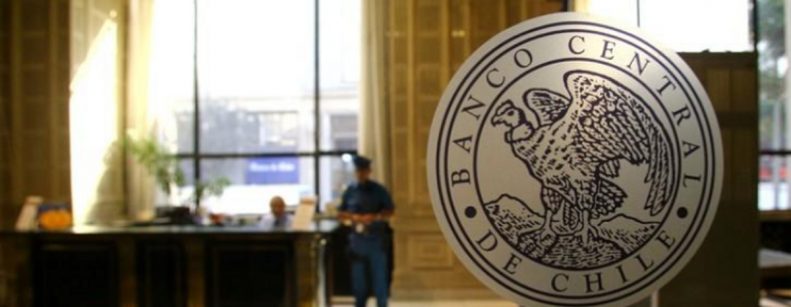
The big discussion today is related to local inflation. Who would have thought, after many years in which this was not an issue. In fact, not so long ago, inflation was expected to arrive, either due to exchange rate issues, closing of gaps, increase in oil prices, etc., but it never arrived. If you do not believe me, check the reports of local (and even foreign) research departments in the years prior to the pandemic and you will realize that this was the case. It was not only in Chile: in the world it was a puzzle why, with growing economies, high employment and rising wages, prices remained unchanged.
"We're not in Kansas anymore", and today, for various reasons, inflation is THE issue. Locally, almost everything conspires to that: Strong local recovery of several sectors (but not all), exchange rate depreciation, increase in oil prices, possibilities of increase in other energy prices, shortages of several goods due to disruptions in international supply chains, important increases in the price of maritime freight, withdrawals from pension funds, transfers from the State, etc. In July, the Central Bank increased its estimate to 4.4% for the end of the year and we all (including myself) thought it was exaggerating. Today it seems to be a conservative estimate, especially because a lot, perhaps too much, water has flowed under the bridge since that macro framework.
The year-on-year price variation reached 4.5% in July, after a surprising rise of 0.8% m/m in that month, raising a lot of alerts. I agree that not all inflation comes from demand, which makes a big difference when talking about what we are talking about, but there is a significant part that does. And if we combine this excess demand with the shortage of supply, it is like combining hunger with the desire to eat.
In this context, the Central Bank has already started a process of monetary normalization, which began at the last meeting with a 25 bp hike, taking the TPM to 0.75%. The message left in that statement, and in the minutes, was received by the market as "less hawkish" than previously evidenced, with some even projecting that there would not be a series of hikes and that the whole process would be carried out with caution. The data since then, the extension of the IFE, the possibility of a fourth withdrawal, the exchange rate depreciation, etc., have changed the market's opinion and, I have no doubt, that of the Board. Thus, from caution to urgency, it is argued that the Governing Body would surprise even in its August meeting, with a 50 bp increase, and it is not ruled out that these would be repeated in October and December.
Let's see, don't get me wrong. I think that scenario is entirely possible. However, I don't think they will go through with it, yet. The Monetary Policy Meeting will be on August 31, prior to the presentation of the MPI on September 1. Evidently, that meeting will consider the scenario of that IPoM and not the "current" IPoM for July. Therefore, on that occasion we will not have additional inflation figures, perhaps some preliminary growth figures for July, but, more importantly, the vote in the Lower House Constitution Committee on the fourth retreat will not yet have taken place. And that could be vital for the Board in whether or not it wants to hurry the normalization cycle. Although market assets forecast that higher prices could be somewhat more permanent, the EEE remains anchored at 3%, which has always been the Central's main indicator for assessing how credible its target remains. Therefore, I continue to believe that the 25bp hikes would continue, the TPM would end 2021 at 1.5% and the normalization cycle would continue through 1Q22, taking the TPM to 2.0% by the end of 1Q22.
Of course, if the data changes, so does my estimate. In the event of new surprises in the CPI, approval of the 4th withdrawal, difficulties in controlling fiscal pressures in the 2022 budget and/or de-anchoring of inflationary expectations, increases of 50 bp would not be long in coming, which would make the economic performance of 2022 even more difficult, as it would not count on the low bases of comparison or the extraordinary transfers made this year. Let's see what's coming this Tuesday.
Nathan Pincheira
Chief Economist of Fynsa